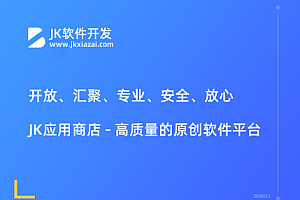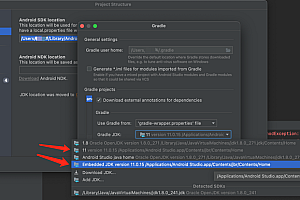在 Go 语言中,可以使用 append 函数来合并多个数组。例如,如果你有两个整数数组 a 和 b,可以这样合并它们:
a := []int{1, 2, 3}
b := []int{4, 5, 6}
c := append(a, b...)
这样,c 就是一个新的数组,它包含了 a 和 b 中的所有元素。注意,在调用 append 函数时,第二个参数后面要加上 ...,表示将第二个数组中的元素展开。
如果你有多个数组需要合并,可以重复调用 append 函数。例如:
a := []int{1, 2, 3}
b := []int{4, 5, 6}
c := []int{7, 8, 9}
d := append(a, b...)
d = append(d, c...)
这样,d 就是一个新的数组,它包含了 a、b 和 c 中的所有元素。
new bing 给的写法,好丑陋, 如果多次 append嵌套 这个代码变得难看,不然就会多一些无用的临时变量
专门写个方法,下面给出两个方式:
package main
import "fmt"
// For-loop 通过append一个空数组里面添加元素
func Merge(arrays ...[]int) []int {
c := []int{}
for _, a := range arrays {
c = append(c, a...)
}
return c
}
// 预分配一个长度为所有数组大小的切片,然后通过copy的方式往里面拷贝替换
func ConcatCopyPreAllocate(slices [][]int) []int {
var totalLen int
for _, s := range slices {
totalLen += len(s)
}
tmp := make([]int, totalLen)
var i int
for _, s := range slices {
i += copy(tmp[i:], s)
}
return tmp
}
func main() {
a := []int{1, 2, 3}
b := []int{4, 5, 6}
c := []int{7, 8, 9}
d := Merge(a, b, c)
fmt.Println(d)
dd := ConcatCopyPreAllocate([][]int{a, b, c})
fmt.Println(dd)
}
方式二的性能效果要好一些,仅供参考:
goos: darwin goarch: amd64 cpu: Intel(R) Core(TM) i5-8279U CPU @ 2.40GHz BenchmarkMerge-8 10485656 107.7 ns/op 168 B/op 3 allocs/op BenchmarkConcatCopyPreAllocate-8 21462087 51.60 ns/op 96 B/op 1 allocs/op PASS ok command-line-arguments 2.737s






